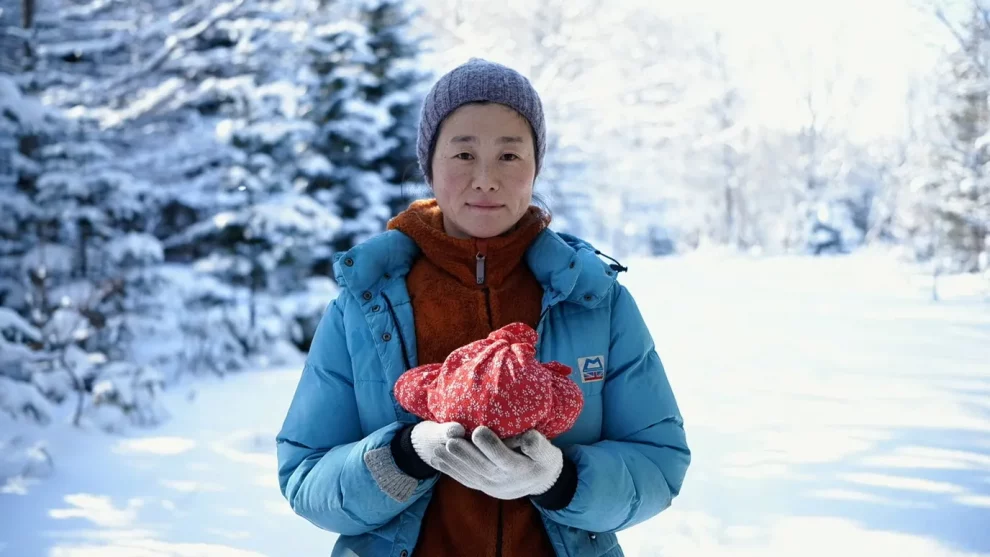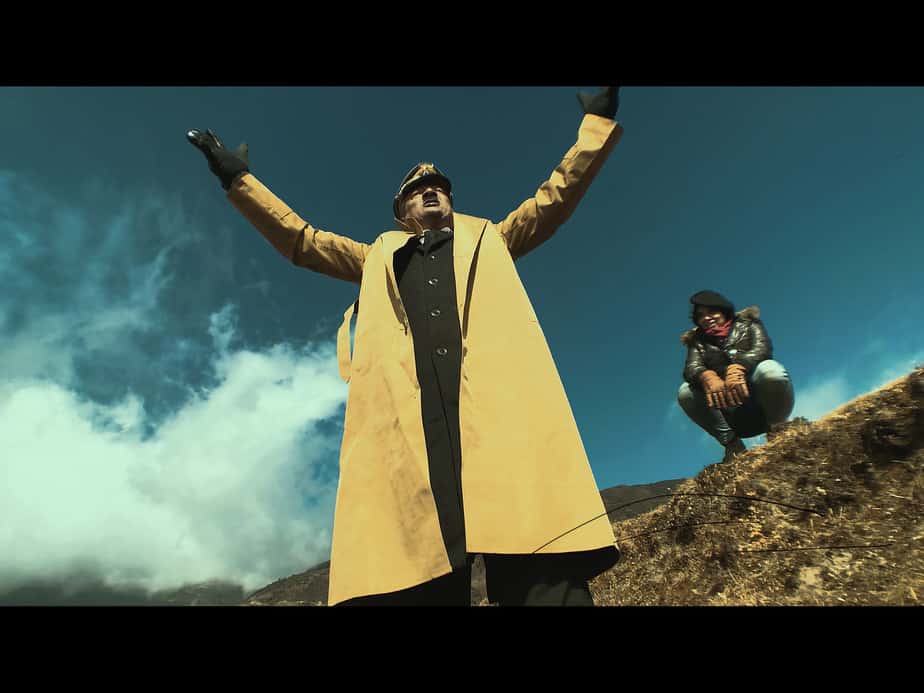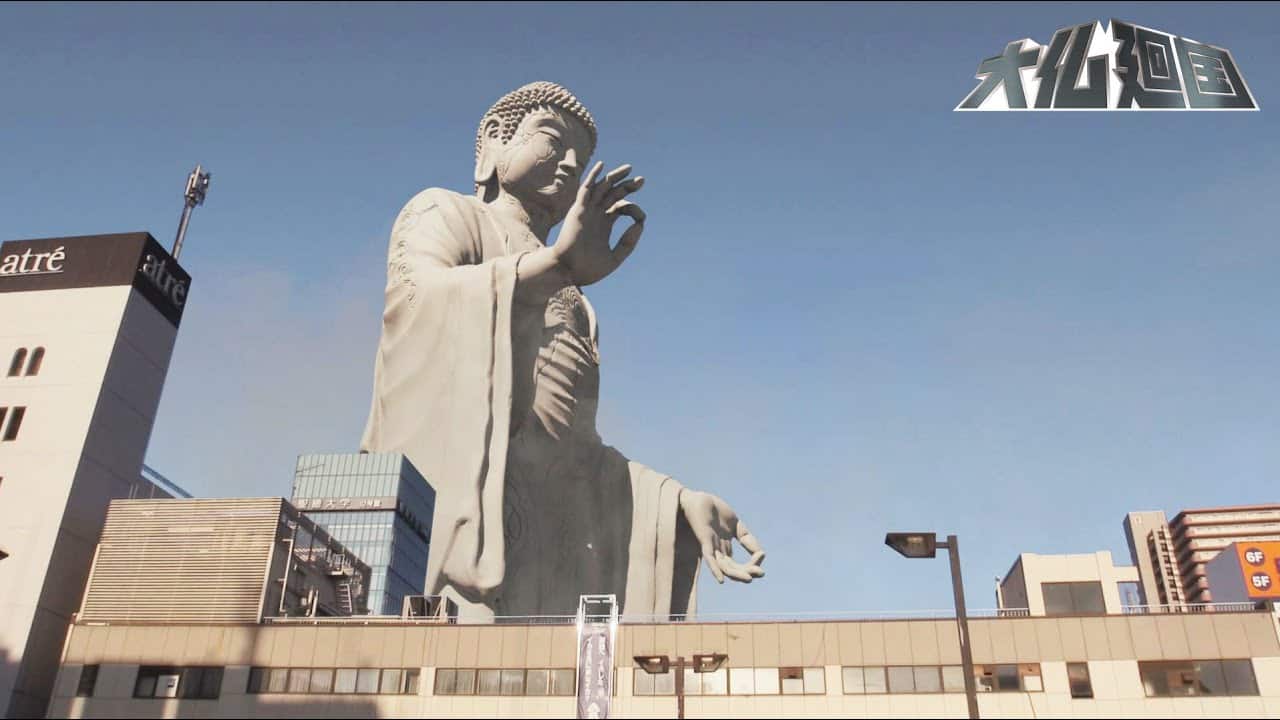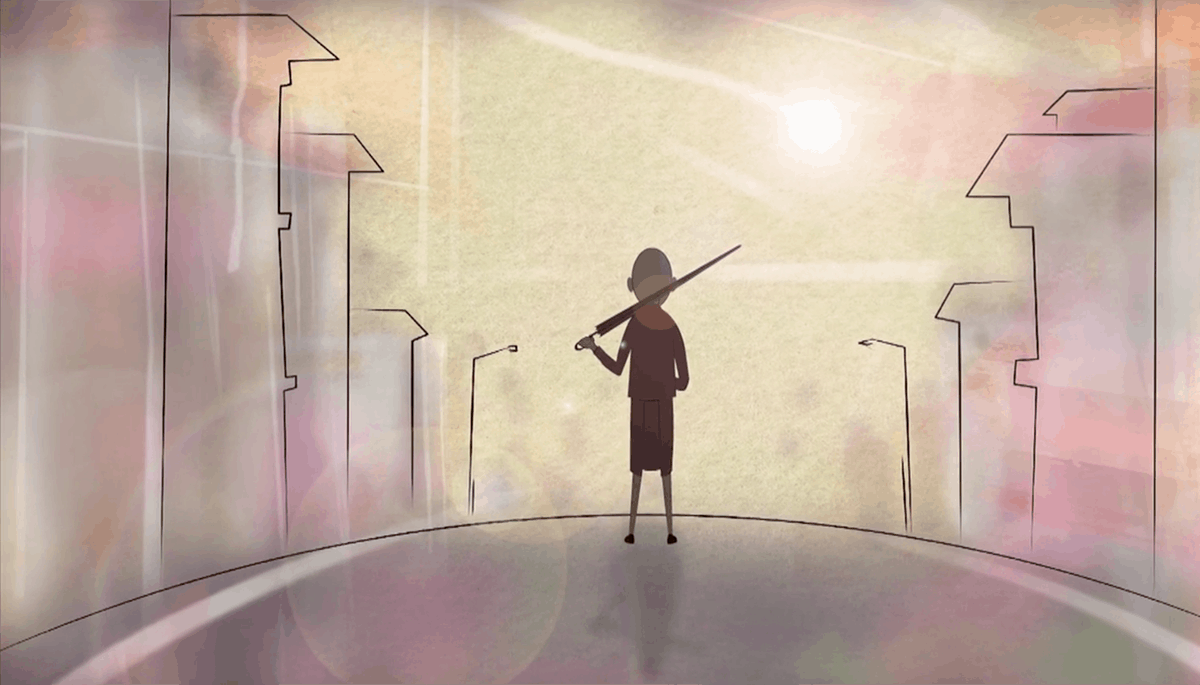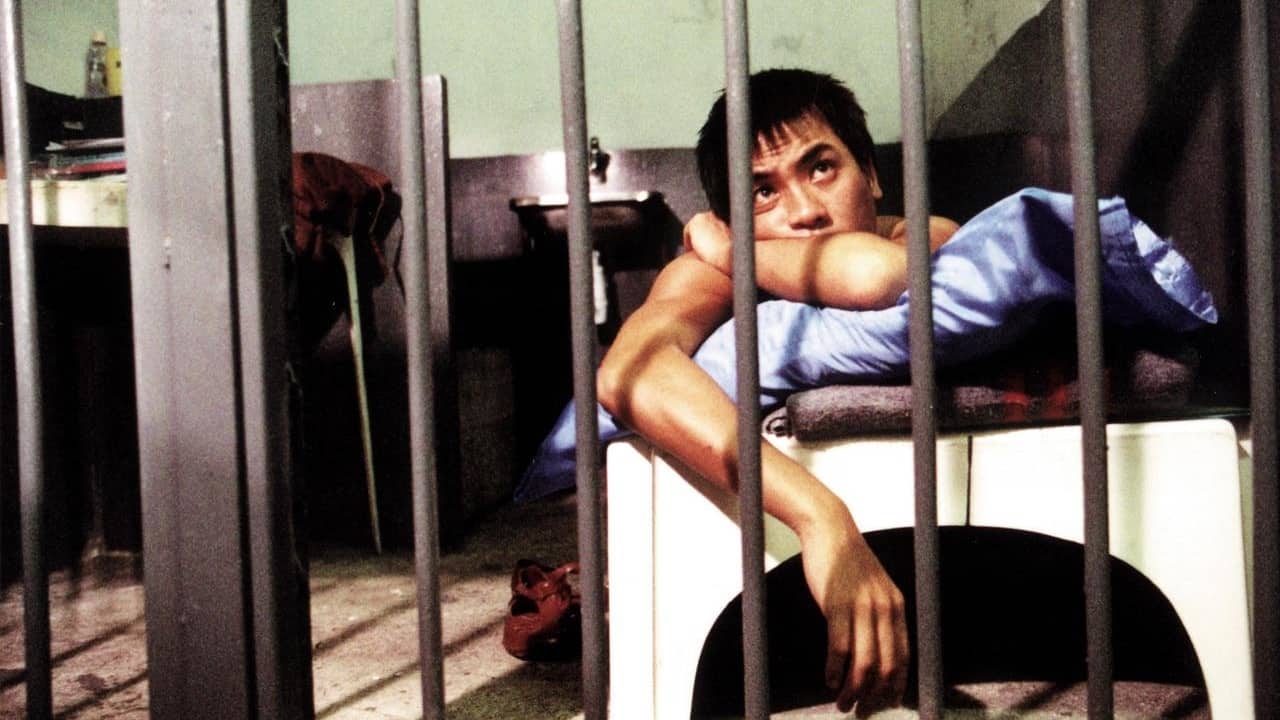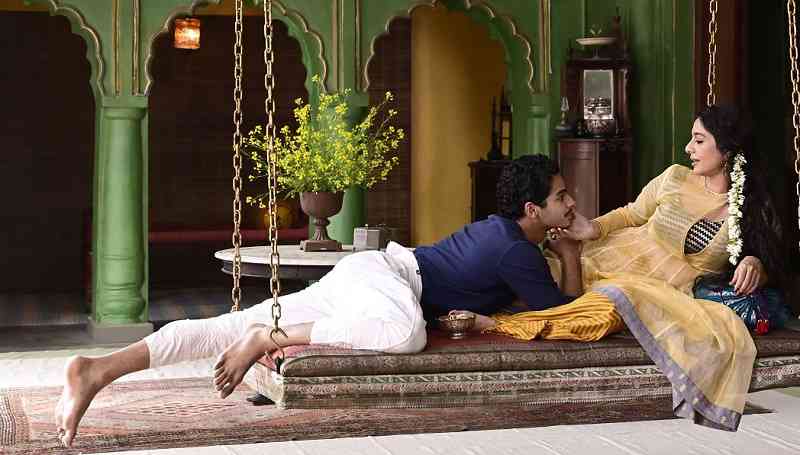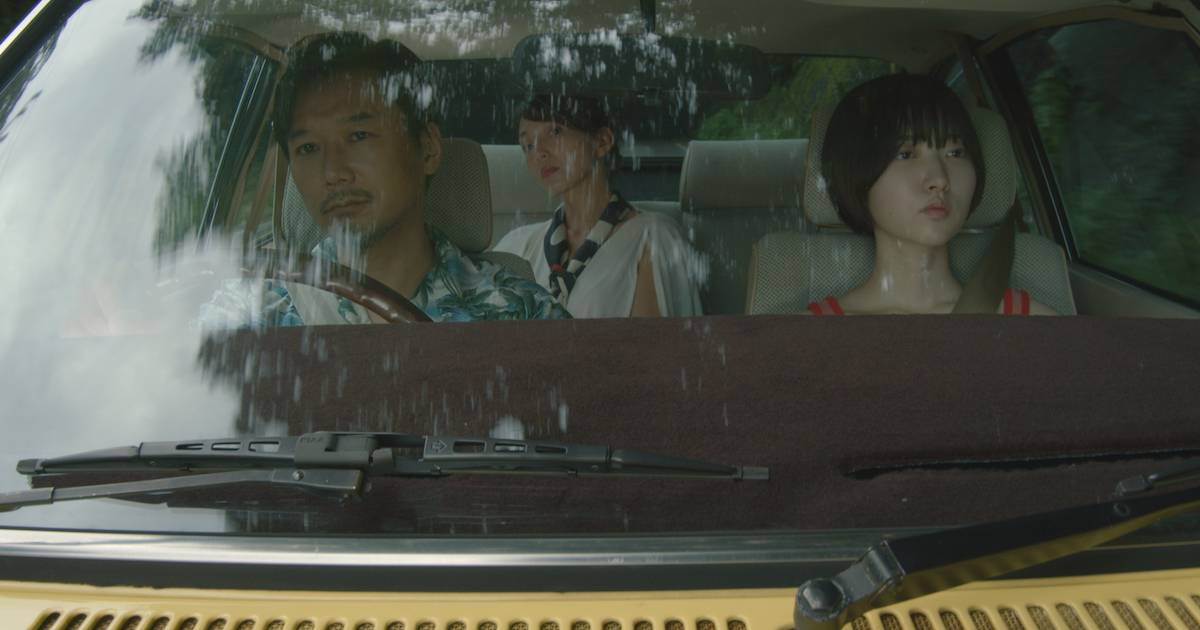Nao Yoshigai's nature-focused documentary isn't so much a warning as to the dangers of climate change, but more an ode to a simpler life surrounded by nature in one of Japan's more remote parts, notably the coastal town of Shari on the Shiretoko Peninsula in north east Hokkaido.
Shari is screening at Black Movie

Surrounded by lush white snow, Yoshigai narrates over shots of the stunning setting, in between interviews with locals as they go about their day-to-day lives. This includes a baker, fisherman, antiques collector and schoolchildren during a sumo wrestling class. Gradually, the town is visited by a strange being known simply as ‘Red Thing', played by Yoshigai herself, whose playful, childlike nature enchants and scares the townsfolk.
The focus of the documentary has three key themes. Firstly, many of the inhabitants were not born in Shari, but settled there, enchanted by the natural beauty of the place. Secondly, how those who arrived in Shari have had to adapt their lives around the town's nature, with limited resources, bears and difficult conditions. Shari has allowed them to live within it; they have not made the landscape their own. And lastly, the concerns over the weakening of the drift ice, a key feature of eastern Hokkaido.
Following the likes of Kosai Sekine's “Tower of the Sun” (2018) and Neo Sora and Laura Liverani's “Ainu Neno an Ainu” (2021), this is another interesting exploration of Japan's north and its raw nature. Here, the land defines how the population live, rather than taming it with concrete, as has happened in much of Japan. However, folklore traditions are less prevalent here. The locals featured speak more of the practical implications of the landscape, with only brief hints to traditional superstitions passed through the generations. These are modern people adapting.
Yoshigai's ‘Red Thing' also hints at a mythical, ancient creature scaring the locals, but with the large woollen costume and choreographed movements – Yoshigai herself a dancer – this feels more like a modern piece of performance art, inspired by folklore rather than recreating it. At a short run time, adding more cultural traditions, along the lines of Sumiko Haneda's “The Poem of Hayachine Valley” (1982), would have added some more depth and flavour. But Shari's natural rhythms are the real star. Still cameras shoot the changing landscape over the course of the day, as interviews soundtrack them. Naoki Ishikawa's camera captures the falling snow in a near-3D like way, creating a hypnotic piece of art.
Yoshigai's coda reports the change to Shari's nature, with the environment changing and the conditions not as fierce as previous years. An ominous conclusion: the town where its inhabitants live in its shadow is now starting to feel the impact of man.


